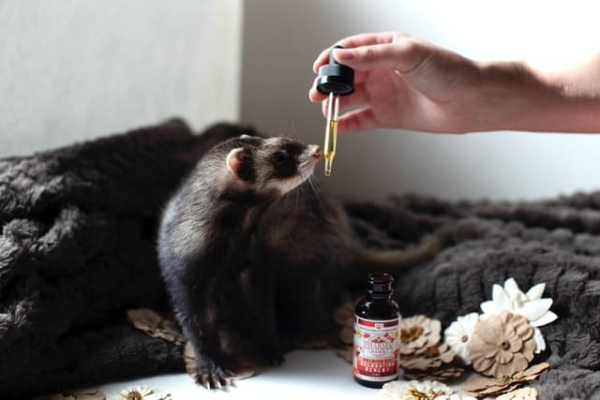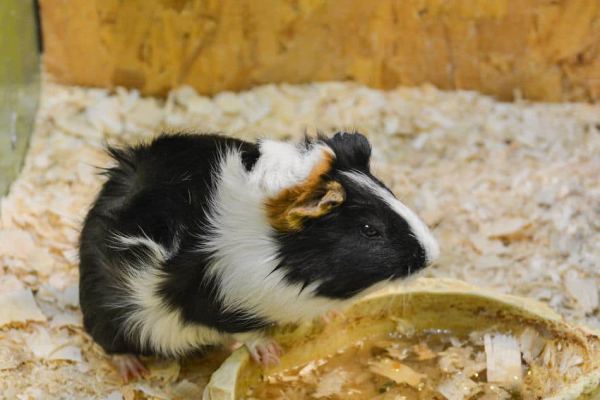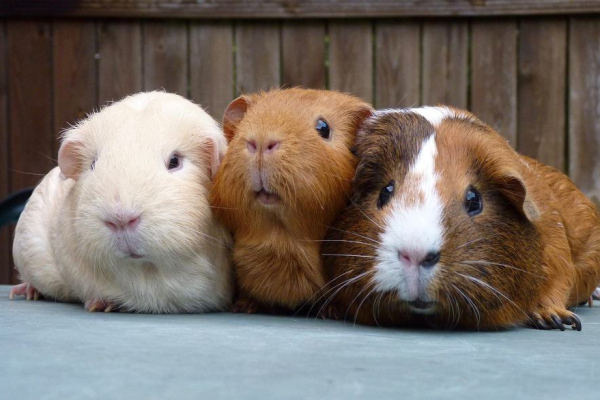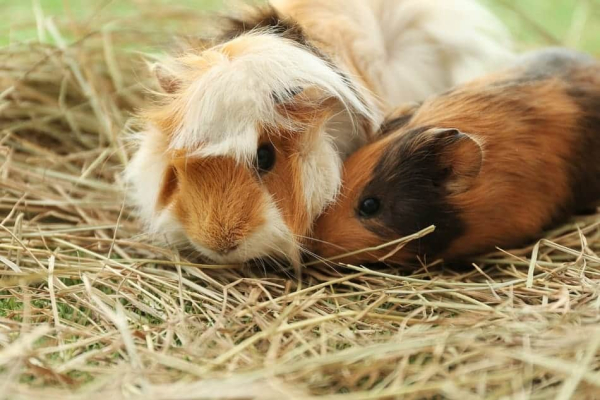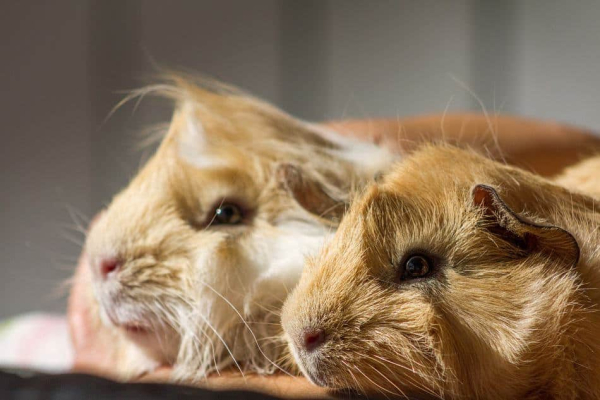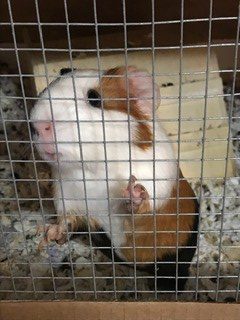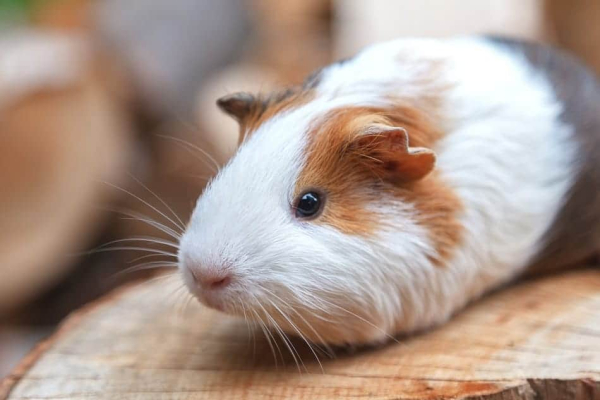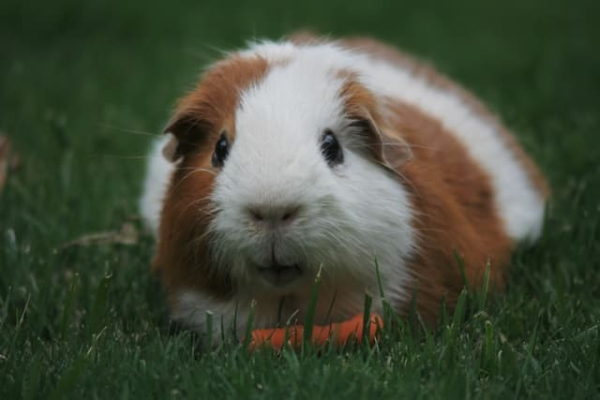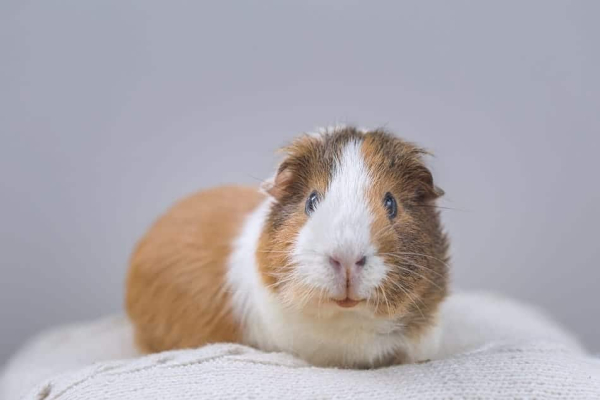Guinea pigs make small adorable pets but they also get some of the same diseases that dogs and cats do too. Ringworm is one of the more common diseases, but the good news is that it’s easily treatable. Many people worry about the term “ringworm”, believing that it’s a bad case of faecal worms that come from the anus and can infect humans and other pets.
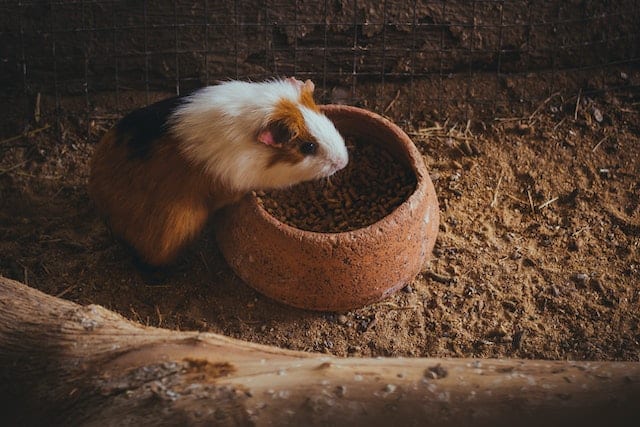
It’s actually not worms, that is simply the name of it. It is actually a fungal infection. It’s important to be aware that guinea pigs, as well as any pet and humans too, can get ringworm, so you should prevent its spread, to potentially avoid other more serious skin infections.
What Are the Causes of Ringworm?
Ringworm is a type of fungus that’s caused by microorganisms. There isn’t just one type either. There are specific types that affect dogs, cats, and even guinea pigs. If you’re concerned about your guinea pig, the main type to be concerned about is Trichophyton mentagrophyte, but guinea pigs can get ringworm from other pets, humans, and even from soil too.
Your guinea pig might have picked up ringworm from another guinea pig at the pet store, or animal rescue center, by simply touching each other. They can also get it from contaminated bedding, a cage, toys, or other objects.
Why Should I Be Worried About Ringworm?
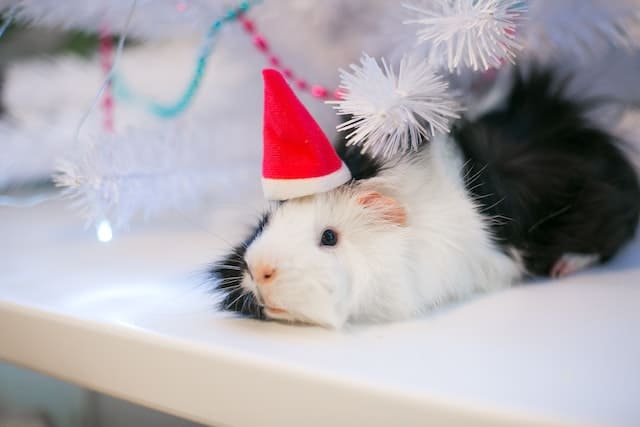
The main reason you should be concerned is that guinea pigs can pass ringworm onto each other, and to other pets, and even to children or adults. While it consists of a skin infection that looks like a ring, over time, it can become quite itchy and inflamed.
Failure to treat it can cause scarring over time, or worse, a more serious skin infection that can get into the bloodstream. It’s better to be aware of this infection and treat it immediately. (And also more cost-effective than trying to treat a staph infection later!)
How Would I Know If My Guinea Pig Has Ringworm?
Guinea pigs have fur, so it can be a bit more difficult in determining if they have a skin infection or not. You can see if they might have a ringworm infection by examining their fur. They will have bald patches on their skin.
Start by checking their head, because that’s the first location where the infection often starts. Other locations to check for baldness are the nose, eyes, and ears. If this infection is not treated, there may be bald patches on the rest of the body.
A second indication is that your guinea pig will be scratching excessively on the infected spots. Some scratching is normal, but if you see a bald patch that they are constantly scratching, then it’s time to head to the vet clinic.
Do you let your guinea pig run around outside? They can pick up ringworm from the soil outside too. This isn’t caused by the soil, but that other infected animals may have run through the soil before they did.
What Should I Do If I Believe My Guinea Pig Has Ringworm?
If you believe your guinea pig has ringworm, then you should handle them with care. Be sure to wash your hands and arms fully. Next time round, wear gloves. If they’ve touched your clothing, remove and wash. Book an appointment at the nearest veterinary clinic so you can have the vet confirm it is ringworm.
Your vet will physically check your guinea pig for ringworm. Once that is done, your pet will be placed on a treatment plan. If you have other pets in the home, your vet may recommend that they are all treated for ringworm too. You should carefully check your younger children or babies also.
What Kinds of Treatment Can I Get for Ringworm?
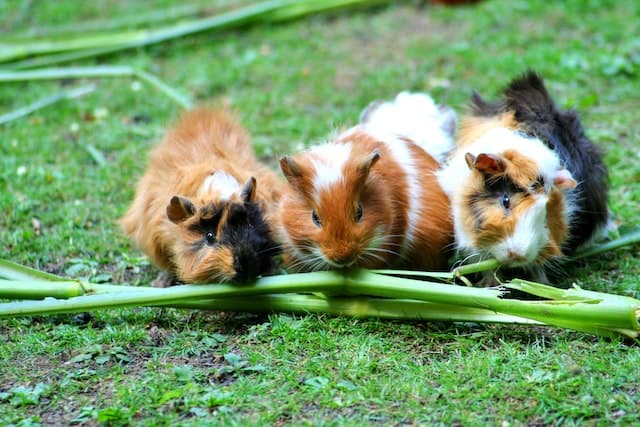
The veterinarian will prescribe anti-fungal medication to help get rid of the fungus. This medication may need to be taken for up to six weeks. If your pet has bald patches of skin that are crusty and flaky, a topical ointment may be prescribed.
You’ll need to spread this onto your guinea pig’s skin while wearing gloves or using a q-tip. An oral antibiotic, such as itraconazole/terbinafine, may be prescribed. Dietary supplements may also be provided, or a special shampoo, to help your guinea pig’s immune system to heal from its dry flaky skin.
For the time that you’re treating your guinea pig for ringworm, you’ll need to wear plastic disposable gloves, then wash your hands off. You’ll have to isolate your pet away from other pets and humans until treatment is complete, and it’s been confirmed by the vet that the ringworm infection is gone.
Should I Really Worry About Ringworm?
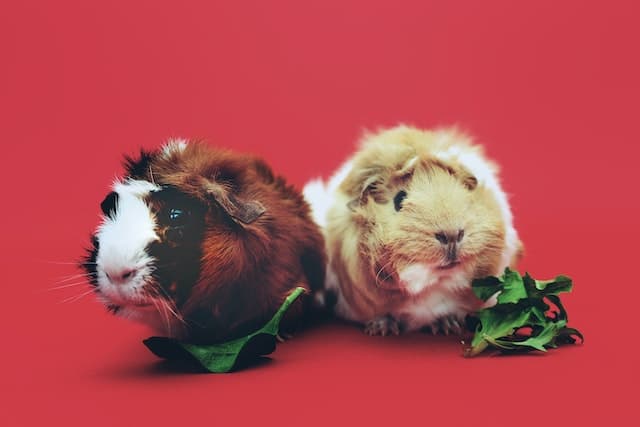
While it may seem horrible that your pet has it, you need to understand that this is part of life. There are many different microorganisms out there. Some we need to survive, some are semi-harmful, such as ringworm, and some are deadly.
Ringworm isn’t. It’s simply something that you should be aware of. You could even get it from outside the home from an unknown source. Just like getting the cold or flu, you don’t worry about it, but you’ll follow-up if a family member does become infected.
Prevention is far better than treating ringworm once your guinea pig has it. Do a weekly examination of your guinea pig. They’ll grow to love being gently stroked and petted as you examine them. If you have no other pets, and had your guinea pig for a year or so, then you’ll most likely not have to worry about ringworm infections again.
So generally, don’t worry, but do your weekly skincare and fur examinations, just in case!
Your guinea pig is relying on you to be looked after and cared for, just like a human child is too. If you see bald patches on their skin, or they’re excessively scratching, it’s time to book an appointment at the vet clinic. The more time you spend with them, the happier and healthier you will both be!

